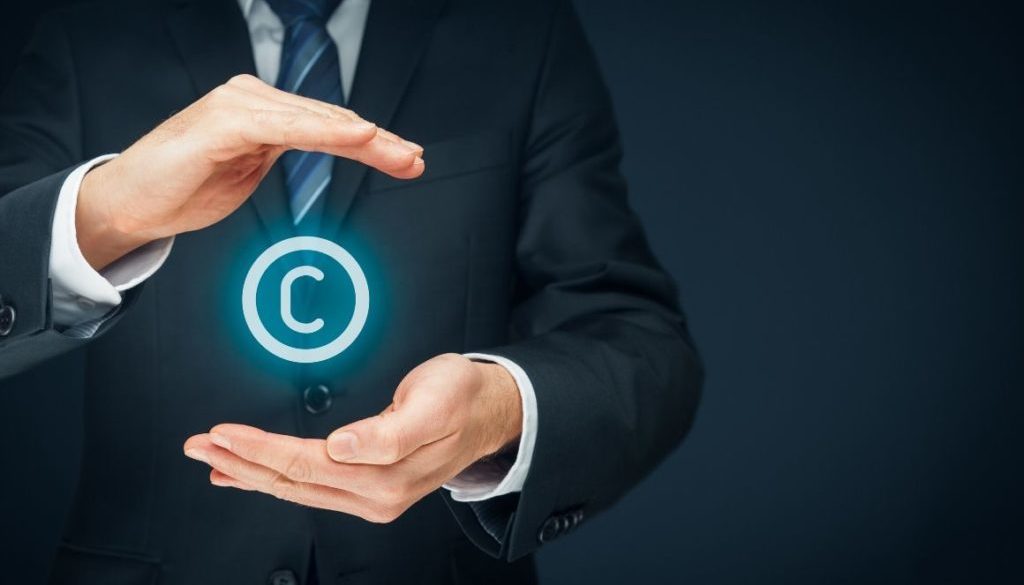Understanding Copyright Law And Intellectual Property For Marketers
The internet has become the main median for marketers in today’s world of modern digital marketing. Many marketers assume that because something is on the internet, it is available for their use. In doing so, they often inadvertently infringe on someone else’s intellectual property (IP) rights and copyrights. Infringement happens when one person (the re-publisher) unknowingly or intentionally presents the work of another person (the originator) as their own. It’s important to understand the parameters of these laws to protect yourself and your business from infringing on these rights, or having your own property stolen.
Copyright infringements can involve written or visual work, such as words, images, videos and artworks. Trademark infringements involve the symbols or icons used to identify a specific company or product, such as the “Golden Arches” or a red, circular bullseye. Re-publishers of copyrighted or trademarked works who don’t obtain consent or the proper license to use an originator’s IP risk legal action and a ruined reputation.
Also, businesses that hire third parties for their marketing may be held responsible if that third-party infringes on another person’s IP right, too. Here is a compilation of the most common copyright and intellectual infringements that happen in the marketing space.
Common marketing errors that may constitute infringement
Marketing is particularly susceptible to infringement errors because imagery and content are pulled from all over the internet and other sources. Most content found online is protected by copyright or trademark, and the owners of those protections will spend whatever is necessary to ensure that their work isn’t inadvertently or intentionally pirated. This is why it’s important to understand the legality of these rights so you and your company do not find yourselves under extensive litigation.
Infringing the Right of Publicity
Highly regarded creatives, influencers, celebrities and individuals have the right to use their name, image and handiwork as revenue-generating assets. No one can use these assets without their permission or consent. However, how the re-publisher uses a right of publicity can influence whether that usage is an infringement or not; if it is used to promote or accurately represent the person, then they may not be offended by its usage.
Framing
Framing is the act of self-promoting what was said about you or your business in a publication. An example of this would be if you were quoted in an online publication and want to share this on your personal website. It’s imperative to reference the publication explicitly, as to not infringe on their copyright protection. When promoting these citations on your own publication or to your followers, it is critical to properly cite the original publication. Use quotations, include a link to the original post and be sure not to improperly use the logo of the publication.
Violating the “Fair Use” Principle
The “fair use” principle allows the use of copyrighted material in a limited but “transformative” way, such as commenting on another’s work within your original work. For example, many services publish helpful reports with the intent that others will use them as support for their original creations. In those cases, it’s acceptable to cite a previously published work as support for your own, without violating that publishers IP rights. Yet failing to cite those sources could result in an infringement of those copyrights.
Failing to Attribute Another’s Work
An attribution informs the public that one entity is appropriately sharing another entity’s creative effort by identifying that entity in the piece. Sometimes just the identification is sufficient; other times, use of another’s creative effort requires a licensing agreement or payment of a fee. In most cases, the type of attribution needed is related to the purpose and usage of the creative effort and affected by how the owner chooses to manage the material. Again, failing to properly attribute another’s work could result in an infringement action.
Avoiding False Advertising
False advertising that misleads the consumer is a legal infraction itself. If the published material is also a copyright or trademark infringement, the legal ramifications worsen. Ergo, be sure to be accurate and honest in all your publications, including your advertising materials, and cite your sources accordingly.
Marketers risk lawsuits and high damages claims if they inappropriately publish the work of another as their own proprietary material. If the error was inadvertent, their exposure is reduced; if they publish without doing diligent research for ownership or knowing that the work belongs to someone else, then their damage exposure becomes much higher. If your marketing materials incorporate the work of others, make it a habit to always provide attributions to their work and link to their content whenever possible.
This article was originally published in Brian Hart’s Inc column. View original article.
Brian Hart is the founder and president of Flackable, a national public relations agency headquartered in Philadelphia. Follow Brian on Twitter at @BrianHartPR.




